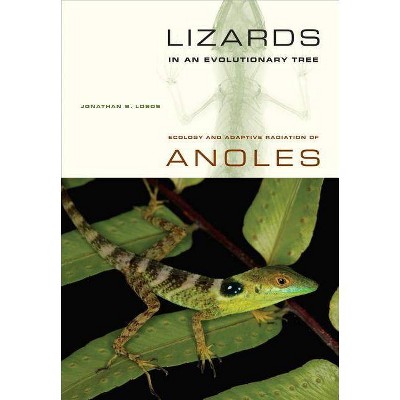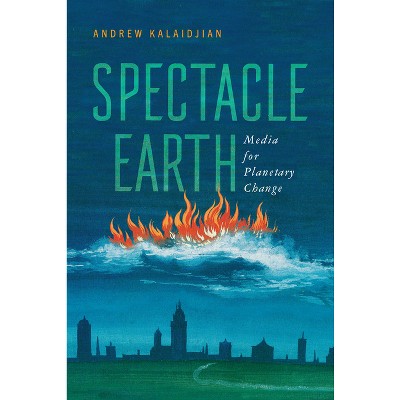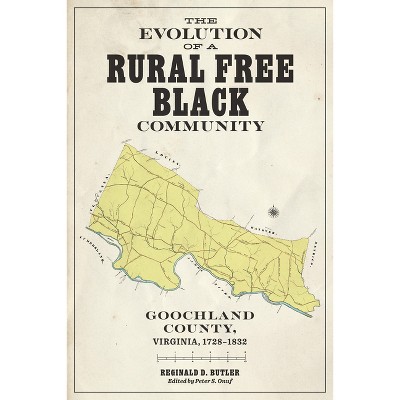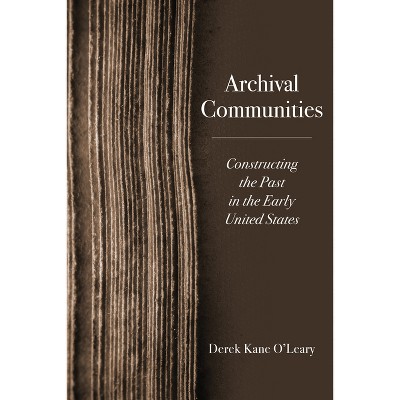Sponsored

Saving the Chesapeake - by Andrew S Ramey
$18.29Save $8.66 (32% off)
In Stock
Eligible for registries and wish lists
Sponsored
About this item
Highlights
- The decades-long effort to protect one of the nation's most important waterways The Chesapeake Bay is the largest estuary in the United States and the site of some of the most significant moments in the nation's history.
- About the Author: Andrew S. Ramey is Director of Advising for the Dietrich College of Humanities and Social Sciences at Carnegie Mellon University.
- 264 Pages
- Nature, Ecosystems & Habitats
Description
About the Book
"Saving the Chesapeake is the first comprehensive history of the effort to save and protect the largest estuary in the United States, the Chesapeake Bay, exploring changes in American environmental politics from the "green" heyday of the 1960s and 1970s to the environmental movement's collision with the administration of Ronald Reagan in the 1980s and the movement's ultimate triumph over the anti-environmental backlash of the 1990s and early 2000s. The author argues that local concerns in the Chesapeake region are of national political importance, significantly complicating straightforward narratives about the environmental movement, the Republican Party, and our society's efforts to forge sustainable relationships with the natural world. Taking advantage of never before used archival sources, interviews with key players, and decades of scientific research, Saving the Chesapeake paints the most complete portrait to date of how one of America's most important environmental movements has saved the Bay and helped change U.S. environmentalism in the process"-- Provided by publisher.Book Synopsis
The decades-long effort to protect one of the nation's most important waterways The Chesapeake Bay is the largest estuary in the United States and the site of some of the most significant moments in the nation's history. This book provides for the first time a comprehensive story of the effort to save and protect its waters and living resources for future generations. Andrew Ramey describes the enormous task--engaging the states in the Bay's watershed and the federal government since 1983--to realize one of the largest, most complex, and most expensive ecosystem restoration projects ever undertaken. He also unfolds a dramatic political narrative, tracing the momentous changes in American environmental politics from the "green" heyday of the 1960s and 1970s to the environmental movement's collision with the Reagan administration in the 1980s and the movement's ultimate triumph over the anti-environmental backlash of the 1990s and early 2000s. Along the way, he clarifies assumptions about the environmental movement, the major parties' roles in it, and our society's efforts to forge sustainable relationships with the natural world. Saving the Chesapeake reveals how a campaign to rescue this crucial resource altered the course of American environmentalism.About the Author
Andrew S. Ramey is Director of Advising for the Dietrich College of Humanities and Social Sciences at Carnegie Mellon University.Dimensions (Overall): 9.0 Inches (H) x 6.0 Inches (W) x .59 Inches (D)
Weight: .86 Pounds
Suggested Age: 22 Years and Up
Number of Pages: 264
Genre: Nature
Sub-Genre: Ecosystems & Habitats
Publisher: Rivanna
Theme: Coastal Regions & Shorelines
Format: Paperback
Author: Andrew S Ramey
Language: English
Street Date: February 6, 2025
TCIN: 94474410
UPC: 9780813952666
Item Number (DPCI): 247-04-1919
Origin: Made in the USA or Imported
If the item details aren’t accurate or complete, we want to know about it.
Shipping details
Estimated ship dimensions: 0.59 inches length x 6 inches width x 9 inches height
Estimated ship weight: 0.86 pounds
We regret that this item cannot be shipped to PO Boxes.
This item cannot be shipped to the following locations: American Samoa (see also separate entry under AS), Guam (see also separate entry under GU), Northern Mariana Islands, Puerto Rico (see also separate entry under PR), United States Minor Outlying Islands, Virgin Islands, U.S., APO/FPO
Return details
This item can be returned to any Target store or Target.com.
This item must be returned within 90 days of the date it was purchased in store, shipped, delivered by a Shipt shopper, or made ready for pickup.
See the return policy for complete information.












